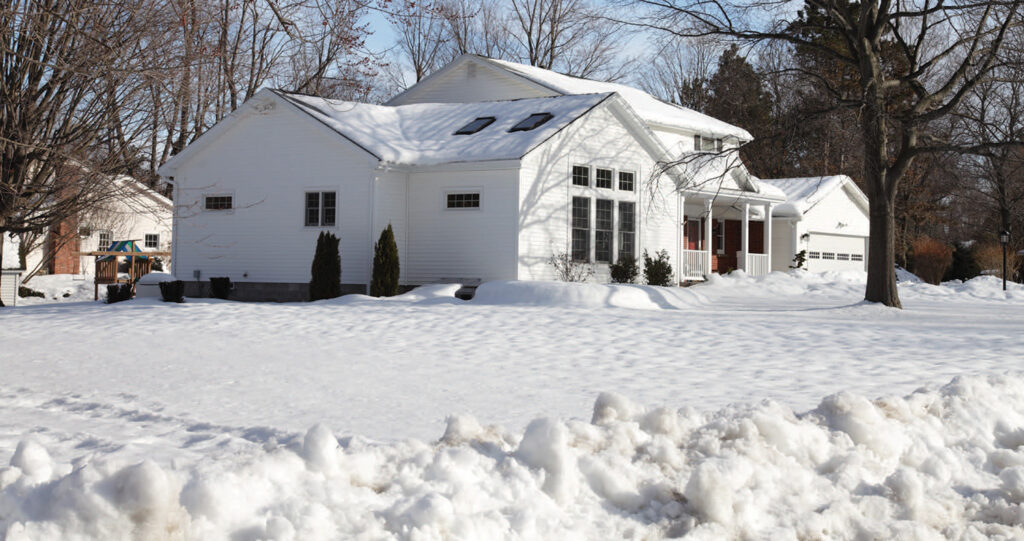
By Colin Mahoney
The Inflation Reduction Act has provided plenty of incentives for energy efficiency upgrades, but you may not realize that some tax credits are geared toward weatherizing your home. Examples include insulation, air sealing, and ventilation, as well as windows and doors.
Weatherization projects and electrical panel upgrades have a total project cap of $1,200 per year. Also included in that limit are efficient air conditioning units, efficient furnaces/boilers, and efficient water heaters. Heat pumps, heat pump water heaters, and biomass stoves/boilers are separate and eligible for up to $2,000.
More specifically, insulation and air sealing can receive a credit for 30% of the total cost up to a maximum of $1,200.
Exterior doors can earn $250 per door for a total of $500, while exterior windows and skylights may earn up to $600. Home energy audits can be worth up to $150.
The fine print contains important information that can help you make the most of these tax credits. First, the credit has no lifetime dollar limit. You can claim the maximum annual credit of $1,200 annually until the incentives expire in 2033.
That said, beginning in 2025, no credit will be allowed for each energy-efficient item placed in service unless the item was produced by a “qualified manufacturer” and the taxpayer reports the PIN for the item on their tax return.
In addition, building envelope components such as exterior doors, windows, skylights, insulation, and air sealing materials/systems must have an expected lifespan of at least five years.
Doors, windows, and skylights must meet Energy Star requirements. Insulation and air sealing items must meet International Energy Conservation Code (IECC) standards that were in effect at the beginning of the calendar year two years prior. For example, materials or systems installed in 2025 must meet the IECC standards that were in place on Jan. 1, 2023.
Insulation and air sealing materials/systems are the only items that do not have to meet the “qualified manufacturer” and PIN requirements.
It should also be noted that labor costs for installing building envelope components do not qualify for the credit — only the items themselves.
Finally, the credit is nonrefundable. In other words, you can’t get back more on the credit than you owe in taxes, and no excess credit can be applied to future tax years.
Colin Mahoney is the Manager of Member Engagement and Energy Solutions at WIN Energy REMC




